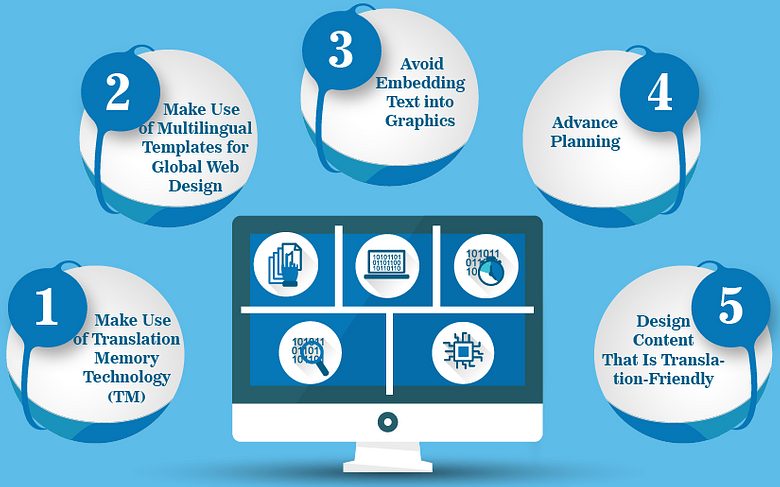
Tips to help your customers save on services and keep them coming back
Besides quantity, complexity and turnaround time, have you thought about what else you can do to cut your translation services costs, or rather, help your clients cut their costs? Here are five ideas to get you started.
Advance planning
Obviously, a well-organised translation project can help save money and reduce stress. It also ensures efficient turnaround and superb quality. So, plan in advance by knowing what you’re going to translate and what the target languages will be.
Design content that’s translation-friendly
This goes hand in hand with advance preparation. Properly prepared files will save days over the course of a project. To do this:
- Make sure the text is clear, and try to use the same phrases and terms for the same concept;
- Ensure sufficient white space for expanded text; and
- Remove redundancies and anything that’s irrelevant to the target market.
Make use of multilingual templates for global web design
If you’re translating a variety of international sites, multilingual templates will help cut costs on development and design. They’re also useful in promoting global brand consistency along with local content generation. Remember to accommodate for multi-byte characters, text expansion and so forth. The idea is to build sites for flexibility and scale. Of course, you’ll want to have the design style guide ready for reference.
It is important to avoid fragmented headlines and any other copy that crosses multiple page elements. While hard-coding design elements and embedding may work well in the source text — English, for example — it can cause multiple issues in the target language as the word order changes.
Make use of Translation Memory Technology (TM)
Translation memory technology is a valuable cost-saving tool that your localisation team can put to good use. The database will automatically store target and source language text strings as the linguist translates the work. This means the sentences that have already been translated can be used later in the current and future projects. Translation memory technology can help save costs, ensure quality assurance, and increase your terminology consistency.
The TM databases become particularly valuable as they grow in size, thus comprising thousands of text strings.
Don’t embed text in graphics
Try to make image translation as easy as possible. While graphics in texts might not always be avoided, they can be powerful when used properly. However, in order to save on costs it’s best not to embed text in the graphic files. Rather, the text ought to be overlaid onto the graphic within the actual HTML. If you can’t avoid embedded graphics, create a text layer within your preferred design program’s source files so as to prevent rebuilding the entire graphic. This will economise as well. While some companies prefer to have their designer or developer optimise their graphics for localisation purposes, others hand the task over to LSP specialists.

You can use these five tips to help your clients cut costs on translation services. They will improve your customer’s experience, and as a result they’ll return for all their translation and localisation needs.
Subscribe for more
Stay up to date with the latest articles, news and translation insights


